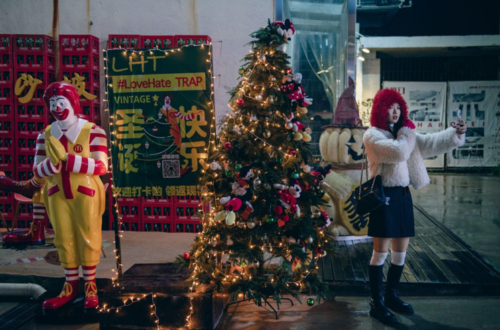
The Environmental Benefits of Opting for a Commercial Artificial Christmas Tree
The Surprising Environmental Impact of a Real Christmas Tree
When it comes to celebrating the holidays, one of the key components is the Christmas tree. It’s a timeless tradition that has been around for hundreds of years and is loved by people around the world. But with more and more people wanting to make their holidays environmentally friendly, opting for an artificial Christmas tree can be beneficial both in terms of cost and in protecting our environment.
Commercial artificial Christmas trees offer many benefits to those looking to reduce their holiday-related carbon footprint. First, they are reusable; whereas a real tree can only be used once before being thrown out, an artificial tree can be taken out year after year, thus avoiding the mass production of single-use trees every holiday season. By opting for an artificial tree, you’ll also save money since you won’t have to buy a new one each year.
Busting the Myths: Artificial Trees Don’t Harm the Environment
Additionally, most commercial artificial Christmas trees are made from recyclable materials such as steel and plastic which minimize waste and don’t require harmful chemical treatments like real trees do. Furthermore, they often contain LEDs which require less energy than traditional bulbs, making them even more eco-friendly.
Since commercial artificial Christmas trees don’t require cutting down a live tree or replanting another one in its place, they have a significantly lower environmental impact than natural ones–especially during large holidays like Christmas where demand for live trees skyrockets. Instead of harvesting thousands of new trees for just one season’s worth of use, we can opt for an artificial tree that can be reused every year without damaging any new ecosystems or habitats.
The environmental benefits of buying a commercial artificial Christmas tree extend beyond simply using fewer resources; these trees also promote sustainability through their production process. Unlike natural trees whose manufacture relies heavily on manual labor and deforestation practices that are harmful to local environments, synthetic ones are usually created through automated processes that use fewer resources while still yielding quality results. In addition, these processes often generate less pollution than traditional manufacturing methods which helps keep our air clean and safe from harmful toxins.
Overall, commercial artificial Christmas Trees offer numerous advantages over natural ones when it comes to protecting our environment while still providing us with all the joys associated with this beloved holiday tradition. Not only do they last longer and cost less in the long run but they also contribute towards greater sustainability through simpler manufacturing processes that don’t put strain on our ecosystems or air quality levels.




